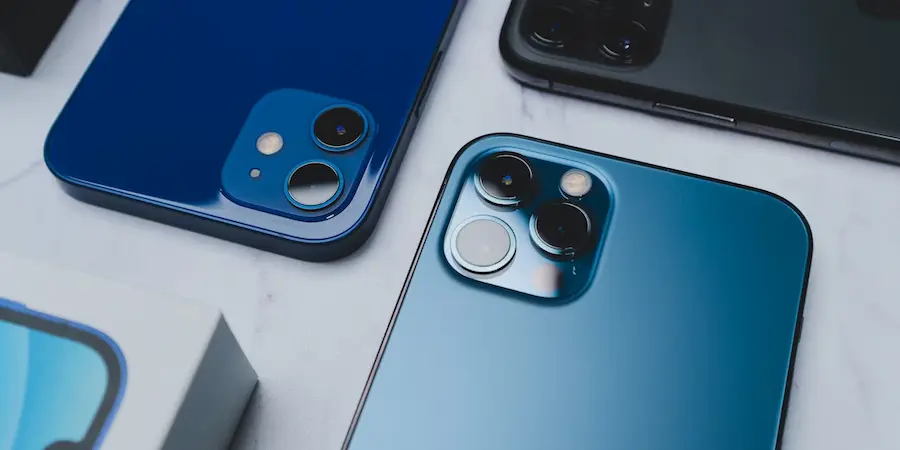How many times have you been asked for your mobile number and gone blank, rummaging through contacts or trying to remember it by heart? Although many of us have the habit of saving “My number” as a contact, the truth is that on the iPhone there are native, fast and reliable ways to see your number without tricks or weird shortcuts. In fact, Apple integrates this information into key points of the system so you have it at a tap, whether you use a single line or switch between dual SIM or an eSIM.
The idea is simple: instead of relying on memory or creating a contact for yourself, the iPhone exposes your number in Settings and on your personal card within Contacts, with a clear and accessible presentation. That way you avoid mistakes when topping up credit, filling out a bank form or sharing your main line with a new contact. Ready to get straight to the point and save a few valuable seconds the next time someone asks for your number?
Two native ways to view your number instantly
Apple offers two built-in routes in iOS to check your number without complications. Both are designed to be direct, visible and consistent, and work just as well if you only have one SIM as if you manage two lines or use an eSIM.
Route 1: from Settings. Open the Settings app on your iPhone, go to Phone and tap “My Number”. On that screen you will see your number or numbers associated with the device. It’s a very intuitive path if you’re already used to configuring system settings, and it’s especially convenient when you’re adjusting other phone parameters.
Route 2: from the Phone app. Open Phone and tap the Contacts icon at the bottom. At the very top you’ll find “My Card”: when you open it, you’ll see your number or numbers on your personal card. This option is ideal if you usually navigate Contacts or are editing your address book details; in a single visit you can confirm your line and continue with what you were doing.
Both accesses reflect exactly what you need, without having to resort to made-up names in the address book or memorizing combinations. And the best part is that, being integrated into the system, they avoid common confusion when you keep multiple lines on the same device.
Perfect for SIM, dual SIM and eSIM: everything at a glance
If you work with more than one line (for example, one personal and one for work), these routes make even more sense. Both in Settings and on your Contacts card, the iPhone shows the numbers configured on the device, so you don’t need to switch through complicated menus or open third-party apps to identify which line you’re using at the moment.
![]()
This is extremely practical when you’re asked to confirm a specific number in the middle of a process, when topping up credit for a secondary line, or when sharing your correct contact in a new group. Also, if you change your primary line or swap profiles during the day, checking your details via either of these routes saves you doubts and reduces friction to a minimum.
The philosophy is the same that Apple applies in other features of the ecosystem: simple access, clear information and the minimum number of steps to get to what matters. Just as with FaceTime when you want to start a video call directly, here the experience prioritizes that you find your number immediately and continue with what you were doing.
Practical tips to keep your pace (and a closing trick)
If you come from the old school of “I know it by heart just in case”, this transition to checking the number from the system is liberating. You can keep a contact named “My Number” if it makes you feel more comfortable, of course, but it’s no longer necessary; with the native routes you have everything at hand and with fewer chances for error, especially when you’re in a hurry.
Typical situations where it shines: when filling out a form at the bank; when you meet a new colleague and they want to add you to the group; if you get a call to confirm delivery details; or when managing top-ups and you need to verify the correct line. Opening Settings > Phone > My Number, or going to Phone > Contacts > My Card, is more reliable than relying on memory in those multitasking moments when it’s easy to make a mistake.
Do you use multiple Apple devices and worry about receiving too many things at once? In the ecosystem there are options to adjust call continuity and alerts between devices, which complements this “everything under control without noise” approach perfectly. And if you ever need to connect with someone who uses Android, you know that from your iPhone you can also take advantage of FaceTime for those key moments, keeping the experience smooth and high quality.
In short, checking your number on the iPhone shouldn’t be a ritual or a memory game. With the two official routes —Settings and your Contacts card— it takes seconds to see it, with the peace of mind that, whether you use one line, dual SIM or eSIM, the information will be where you expect it, well presented and ready to share. Next time someone asks “can you give me your number?”, breathe, tap a couple of times and boast about your efficiency: fast, clean and without losing your thread.

